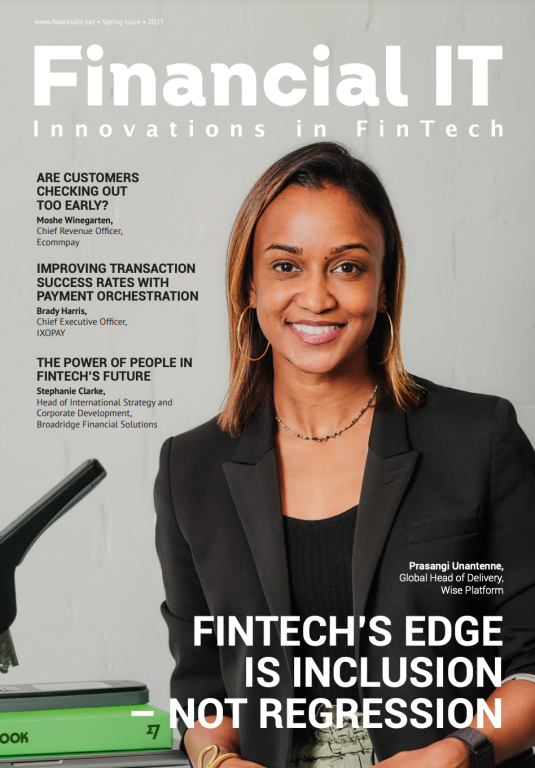What’s Next for Mobile Money After COVID-19?

- Sahar Salama, Founder and CEO at TPAY MOBILE
- 19.07.2021 04:30 pm payments
In the midst of the pandemic, smartphones became a lifeline for many people. Not only did they enable us to keep in contact with loved ones, but they allowed crucial public health information and humanitarian assistance to be delivered safely and efficiently.
Mobiles were elevated from a ‘nice to have’ to a necessity when it came to payments too, enabling many informal economies to continue trading. Operators, governments and regulators globally encouraged the use of mobile payments to reduce the physical transmission of COVID-19, incentivising their uptake by reducing the cost of transfers and waiving transaction fees in-stores. In Kenya, for instance, Safaricom waived fees for it’s M-Pesa mobile money service and raised daily transaction limits in an effort to support SMEs. The service even enabled donations to the Kenya Covid Fund to be sent via M-Pesa, highlighting the important role mobile payments play in the flow of money.
Even traditionally cash heavy regions such as the Middle East saw years of growth and innovation in digital payments condensed into a matter of months. Mobile and contactless payments proved so popular that in the UAE two thirds of people now expect the country to become fully cashless by 2030.
Elsewhere, Sub Saharan Africa continued to be at the forefront of mobile money adoption, with 43% of all new registered accounts worldwide coming from the region. According to the GSMA, the region’s 159 million registered mobile money accounts spent a combined US$490bn over 2020, representing remarkable year-on-year growth of 23%.
In short, COVID-19 put the digital financial infrastructure of many economies under a rigorous, real life stress test. Yet it stood remarkably resilient, proving an ability to serve the needs of the most financially vulnerable and provide vital services throughout a crisis.
The benefits of mobile money extended far beyond consumer convenience and in reducing transmission of the coronavirus during 2020, and will continue to manifest themselves for years to come. For merchants and sole traders, the speed of mobile payments coupled with the reduced transaction cost helps them to better manage cash flow in the short term. Over time, this will allow them to build capital, expand their business, and generally significantly improve their quality of life. For wider society, mobile money and payments innovation can be a driver of financial inclusion, offering consumers access to digital and physical goods and services without the need for a bank account.
It’s too early to say whether the pandemic’s impact on the use of cash or mobile money will be lasting or not, but the early signs are promising. The global value of mobile money transactions is expected to surpass $3 billion a day by the end of 2022; a fact which is made all the more staggering when considering that the $2 billion mark was only surpassed in 2020.
There are challenges ahead, however. Government and financial regulators must continue to work with fintechs and payments providers to continue to innovate and foster environments that not only benefit consumers, but have sustainability, financial inclusion, and longevity at their core. After excelling in the most sudden and unpredictable of crises, however, the future of mobile money certainly looks bright.

























